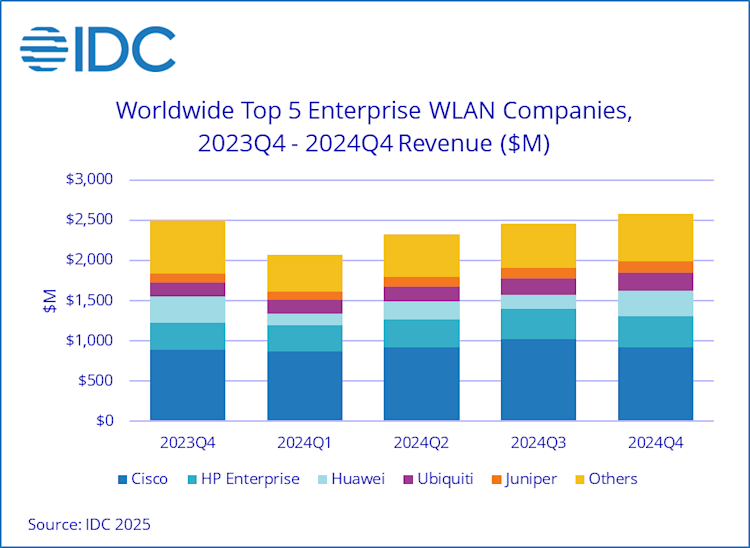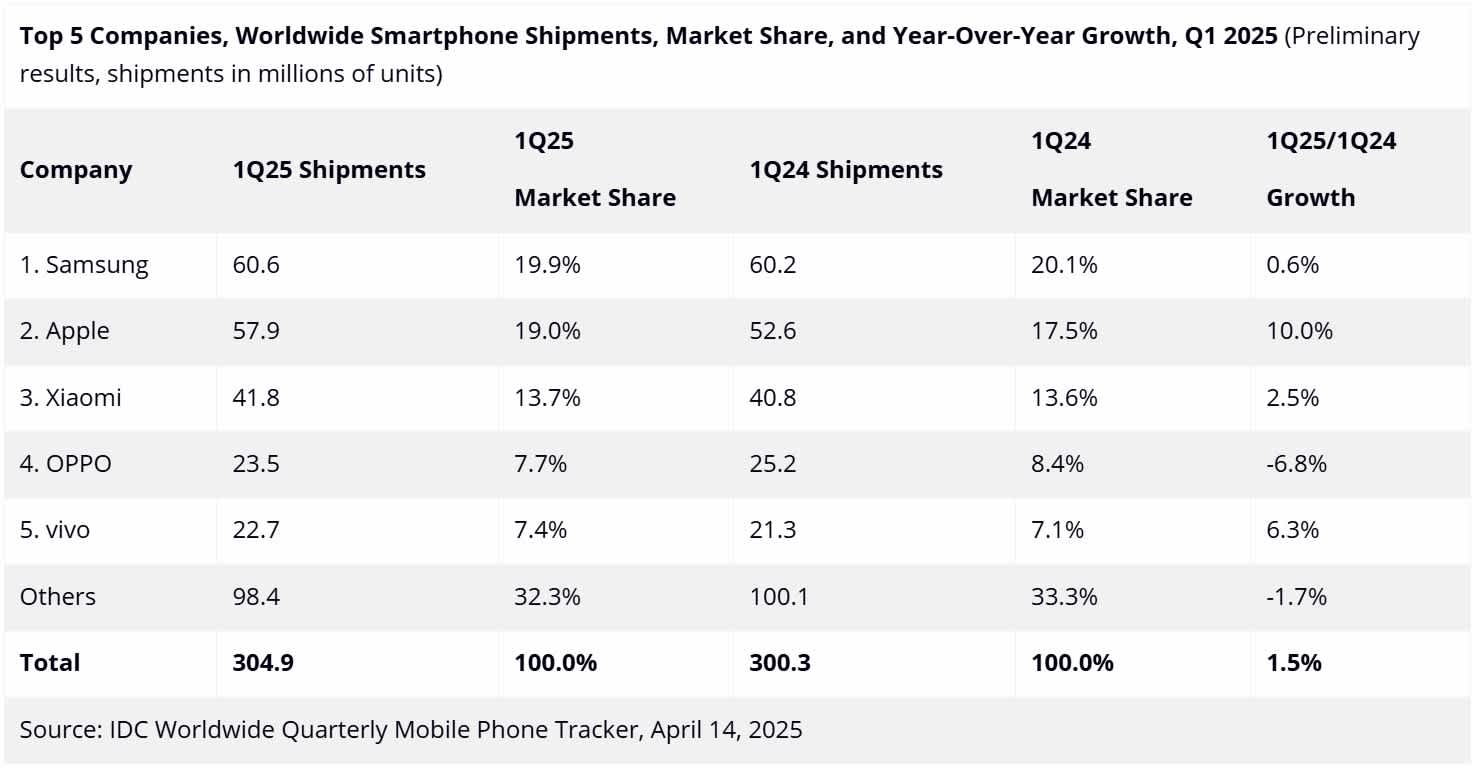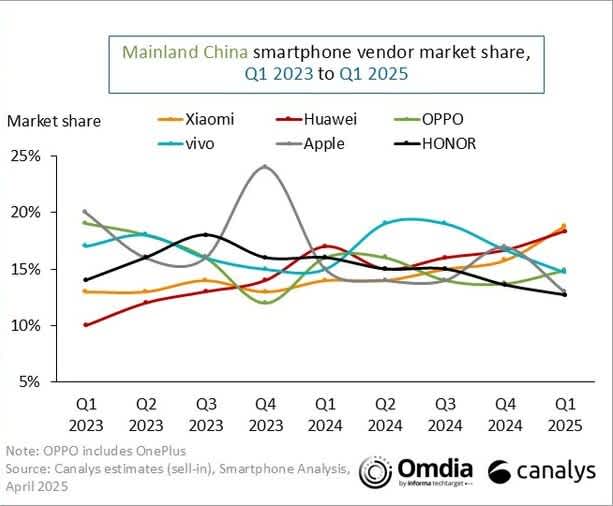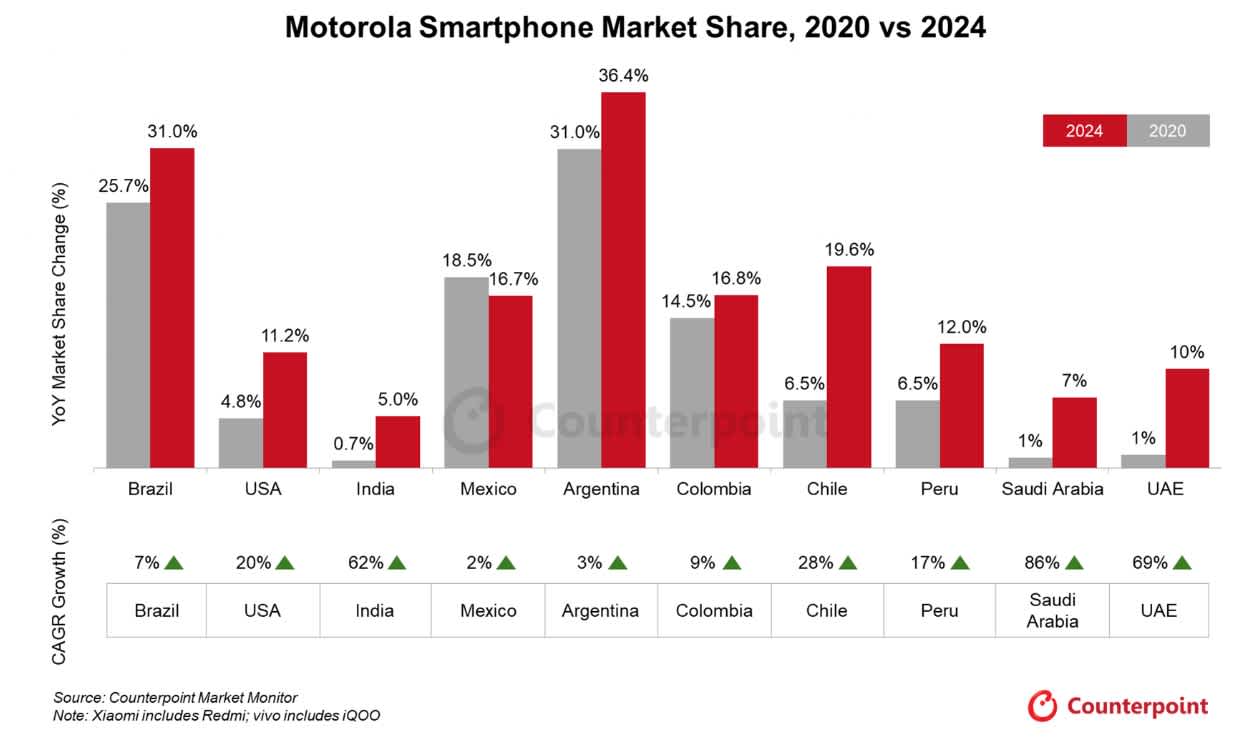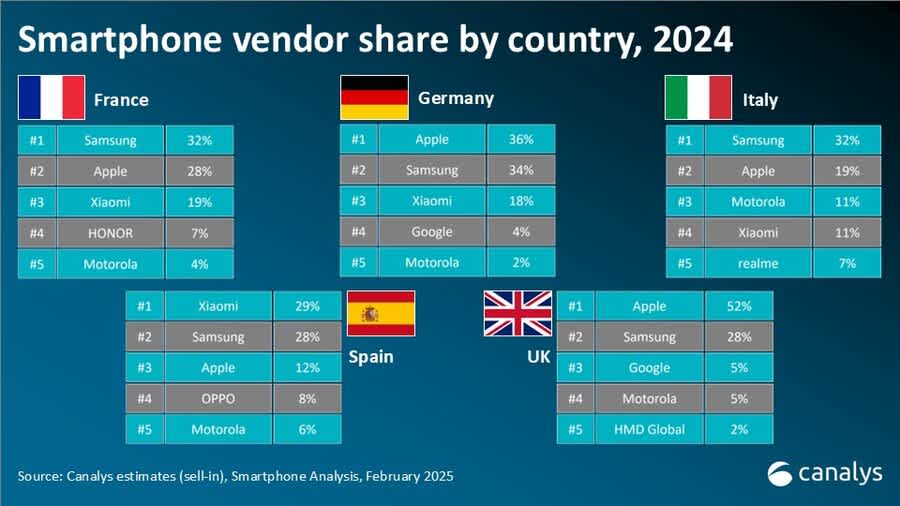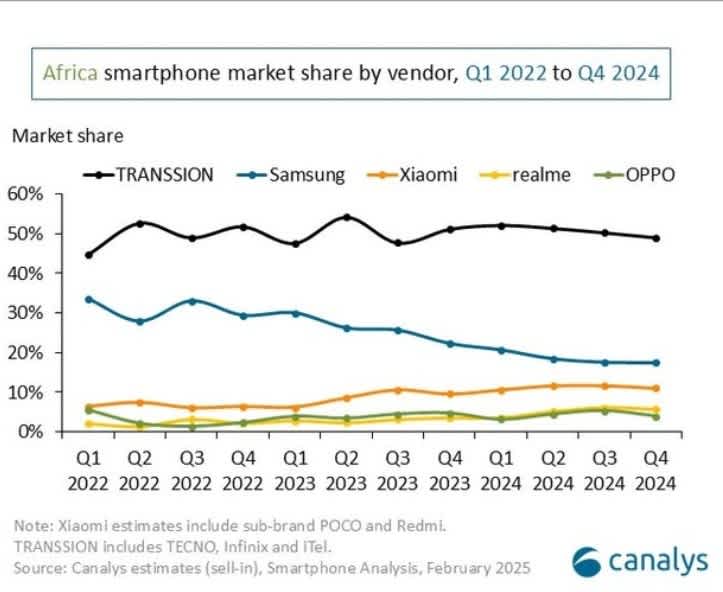Connected device supply chain braces for tariff impact
Smartphones and PCs may escape tariffs for now, but uncertainty is weighing on consumers and firms
By Jake Schindler
The unveiling of Trump administration tariffs on 2 April sent shockwaves through electronics supply chains. Subsequent escalation with China deepened the panic. Two subsequent developments have restored a measure of calm. On 12 April, smartphones, PCs and chips were exempted, signaling that the administration is wary of creating sticker shock for big-ticket personal electronics. More recently, there were indications that a US-China deal could be in the offing.
Off-again-on-again tariff threats could create significant short-term dislocations in certain markets as both producers and consumers seek to get ahead of potential tariffs.
In the medium term, the economic uncertainty created by US trade policy is a significant concern. It could make consumers more cautious and businesses more hesitant to make big investment decisions.
Over the longer-run, the question is whether supply chains for key high-tech devices will see geographic shifts. This would have significant implications on the licensing front, affecting device prices, OEM competitiveness and infringement exposure.
Let’s look at the market data for Q1 2025 and, for some markets, the full year 2024.
Wi-Fi 7 hits double-digit penetration in enterprise sales
Businesses are increasingly deploying the newest versions of the Wi-Fi standard. Per IDC, the enterprise WLAN market returned to growth in the last quarter of 2024, after what was overall a down year.
The latest standards account for a growing share of access points. Wi-Fi 7 went from 4.9% of dependent AP revenue to 10.2% in the space of a quarter.
Cisco and HP Enterprise are the largest players in this market by revenue, followed by Huawei. Looking solely at Wi-Fi 7 enterprise products, however, the Chinese company ranks number one globally in terms of both market share and shipments.
Source: IDC - Enterprise WLAN Q4 2024
Strong PC growth ahead of tariff impact
Estimates of PC shipment growth in the first quarter ranged from 5% to 10%. The end of Windows 10 support and retailers’ efforts to get ahead of potential tariffs should continue to provide support for the market. But on the other side, a greater climate of post-Liberation Day uncertainty could hinder enterprise procurements that play an important role in PC sales.
Lenovo continued to consolidate its position at the top of the league table for shipments. It’s growing faster than its main Windows rivals, HP and Dell. Apple saw strong growth – over 20% year on year – for its premium offerings.
Sources:
Trade worries pull smartphone shipments forward
Concerns about tariffs were already in the air during the first quarter – the last article in this series was published shortly after President Trump had mooted the idea of applying tariffs to semiconductors from Taiwan – and the smartphone supply chain braced for impact.
“Vendors strategically accelerated production schedules and pulled forward significant shipment volumes, particularly into the critical US market, during Q1 2025,” said an IDC analyst.
The full scope of the impact came into view during April, with the Wall Street Journal projecting up to a 60% increase in the cost of US iPhones. However, a reprieve quickly followed in the form of an exemption for smartphones, computers and chips. Data for the next quarter is likely to reflect significant noise from the on-again-off-again tariff policy.
The resulting economic uncertainty for both firms and households, however, is denting expectations for growth over the full year. Counterpoint revised its 2025 smartphone shipments forecast from slight growth to a slight decline.
Despite all these market changes, the OEM mix has stayed fairly consistent year-on-year.
Sources:
Canalys - Global Smartphones Q1 2025
IDC - Global Smartphones Q1 2025
Counterpoint - Global Smartphones Q1 2025
Xiaomi surges back to top spot in China
China saw better conditions than the market at large for smartphone vendors, as the government sought to boost consumption by offering subsidies for personal device trade-ins. While consumer sentiment in the country improved during Q1, it remains to be seen how much the US-China trade standoff might dampen the national mood.
While Huawei continued to perform very strongly in its home market, the big story was Xiaomi’s return to the top of the table after a 10-year hiatus. The Beijing company’s devices are hot as the brand enjoys a halo effect from its well-received electric vehicle offering. Apple sales in China fell by 8%-9% year on year, but it remained the only foreign player in the top five.
Sources:
Canalys - China Smartphones Q1 2025
IDC - China Smartphones Q1 2025
Vivo extends lead in India
Smartphone shipments were weak in India, weighed by an excess of older inventory. Canalys reported an 8% decline year on year. The high-end segment performed well, led by the iPhone 16. Nearly 90% of shipments are now 5G devices, compared to less than 70% a year earlier.
Vivo accounted for 20% or more of all shipments in India, putting some space between itself and Samsung at number two. Xiaomi posted a third straight quarter of significant contraction.
Sources:
Canalys - India Smartphones Q1 2025
IDC: India Smartphones Q1 2025
Significant growth in Latin America’s litigation hotspots
Latin America saw its biggest-ever year for smartphone shipments in 2024, with 137 million units shipped. A Canalys analyst summed up the state of play: “The dominant historical vendors, Samsung and Motorola, fought to regain lost ground against Chinese manufacturers such as Xiaomi and TRANSSION, who continued to consolidate their presence in the region by gaining share from the established brands.”
Two key markets in Latin America have played a key role in recent SEP disputes: Brazil and Colombia. A report from Counterpoint on Motorola’s record-breaking success in 2024 shows the importance of both countries to the Lenovo-owned brand.
Sources:
Canalys - Latin America Smartphones 2024
Counterpoint: Motorola’s 2024 Smartphone Shipments Hit Record High
Chinese handset brands maintain prominent role in EMEA
Xiaomi has emerged as the third-leading smartphone brand behind Samsung and Apple across Europe. An interesting graphic from Canalys shows different Chinese brands – Xiaomi, Motorola and Oppo, with areas of strength in varying European markets.
In Africa, 2024 saw robust shipment growth of 9%, but analysts expect a slower 2025 as inflation and weak currencies squeeze consumers. Transsion’s grip on the continent remains solid, with nearly 50% market share.
Sources:
Canalys - Europe Smartphones 2024
Canalys - Middle East Smartphones 2024
Canalys - Africa Smartphones 2024
Sisvel Insights Market Data Digest is a regular feature aggregating commercial information from the major SEP licensing verticals. Our goal is to provide patent licensing executives with a grasp of the commercial and competitive dynamics in the market for connected devices. The digest exclusively draws on publicly-available information from third parties, all of which is available at its original source via links. Verticals with extensive data available (such as smartphones) will be covered every quarter. Other sectors will be covered as and when new data is published.
